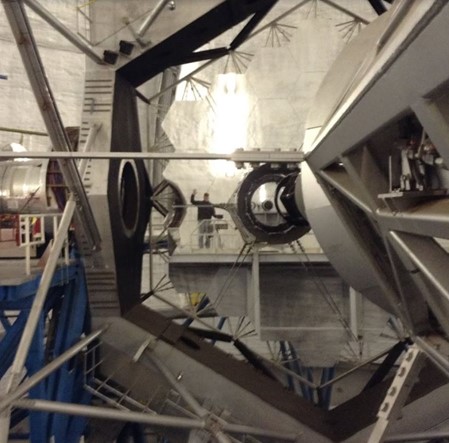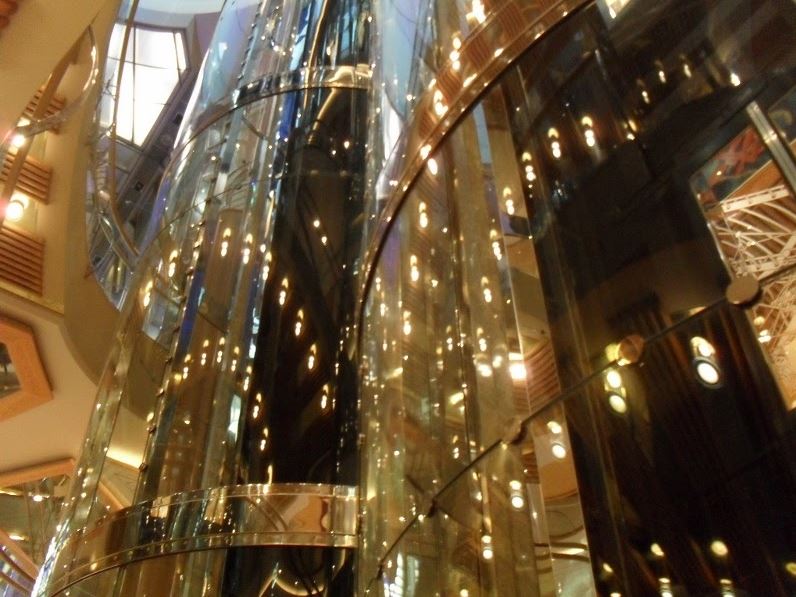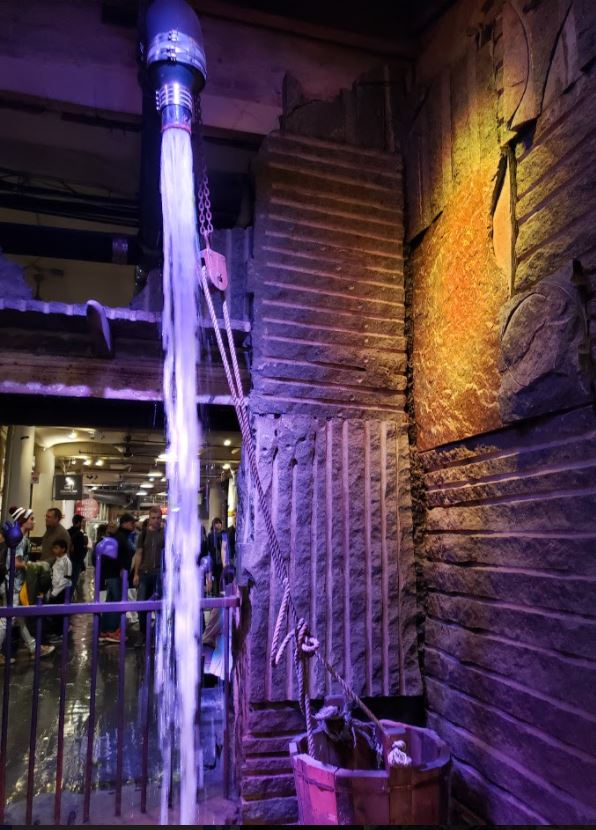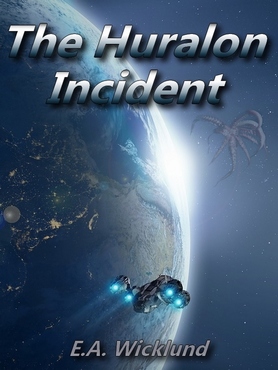
Sitting in their BnB room, two aliens plotted the end of the world.
Rijnyt gobbled down his asparagus and brie crepe and said, “This Earth food is so incredible. I will miss it!”
Caynajt tapped at his computer. “I know. When I press this key, there will be no more lobster linguine in the universe.”
“So sad, when we’ve got room service.”
“I know, but we’ve got to do this now, or the planetary alignment won’t be right for 128 years.”
“We could defect, but we’d never see home…and the Secret Police.”
Caynajt nodded. “You’re right. Let’s order the crab ceviche.”
______________________________
Written for the Friday Fictioneers: https://rochellewisoff.com/2022/04/06/8-april-2022/










































